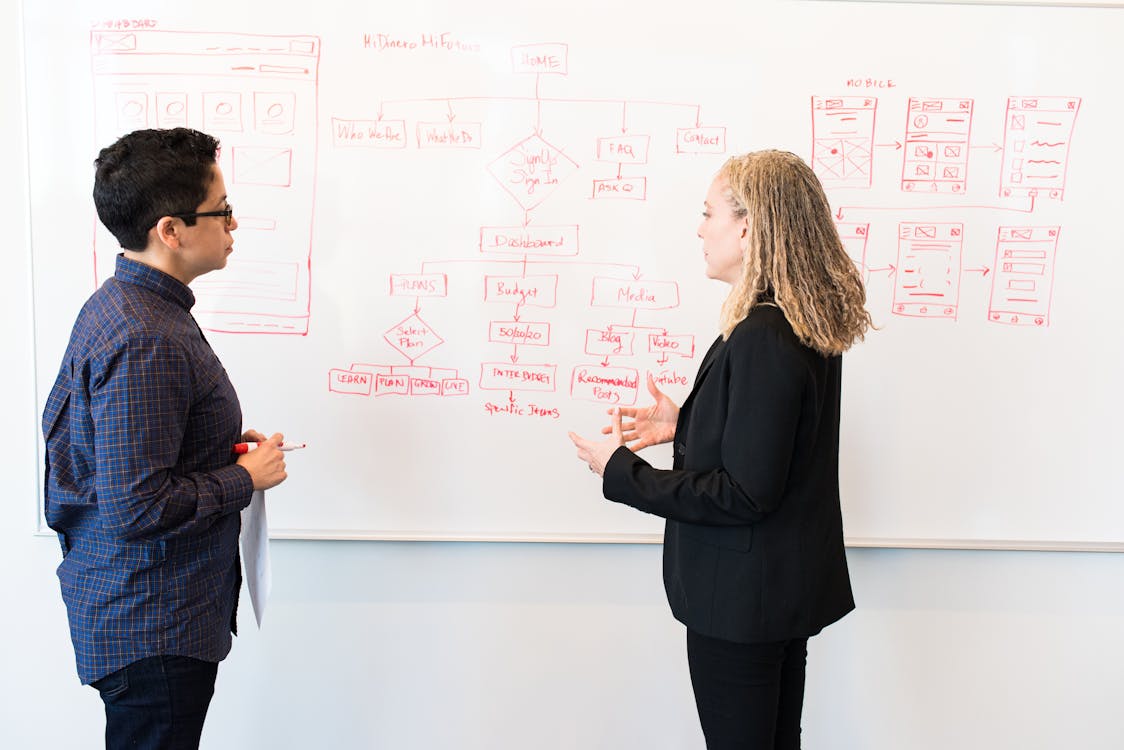Software development is a complex process, often requiring a high level of focus and dedication. To make this process more engaging and enjoyable, In this article, I make an attempt to gamify the software development process to make it feel like an open-world game where exploration, collaboration, immersion, and rewards are encouraged.
Stage 1: Requirements - The Call to Adventure
The journey of software development begins with a call to adventure, a problem that needs to be solved. This stage is all about understanding the problem in depth and envisioning a solution that will address it effectively.
To do this, we create a simplified version of the world where the problem exists. This world is populated with actors who are affected by the problem and who will interact with our solution. By visualizing the problem in this way, we can gain a deeper understanding of its complexities and nuances.
For instance, if we're developing an app to book medical appointments, we might imagine a small town where several people are sick and need medical attention. There are medical centers with doctors, but the process of booking appointments is chaotic and inefficient. Our goal is to help sick people get the medical attention they need in a more organized and efficient manner.
Once we have a clear picture of the problem and the actors involved, we start brainstorming ways to solve it. We ask ourselves how we can help sick people, and how we can make the process of booking appointments easier and more efficient. We consider the resources available, the constraints we have, and the needs of the actors involved.
After we've come up with a solution, we don't stop there. We challenge ourselves by asking: Is there a better way? Could we add something to our solution to make it more effective? Could we change or remove something to make it more efficient? This approach not only makes the process more enjoyable but also significantly impacts the enjoyment and satisfaction of the development cycle.

Stage 2: Design - Setting the Rules
The design stage sets the rules for our software development journey. By clearly defining the UX, UI, system, and database design, we ensure that all developers have a clear understanding of the project's direction. This clarity reduces confusion and miscommunication, leading to a more enjoyable development process and a more cohesive final product.

Stage 3: Quest Design - The Journey Begins
The project is then broken down into quests, each with a set of small tasks to complete. This approach makes the project more manageable and less overwhelming, leading to increased enjoyment. By categorizing quests based on their value to the project and assigning rewards, we introduce a sense of motivation and competition, further boosting enjoyment. The non-linear nature of the quests allows developers to work in a way that suits them best, leading to higher job satisfaction and better quality work.

Stage 4: Implementation - The Quest Continues
The implementation stage emphasizes rapid feedback (in the form of unit testing, CI/CD, or whatever the project considers rapid feedback), which allows for quick detection and correction of errors. This not only improves the quality of the software but also saves time in the long run by preventing small issues from turning into larger problems.
On the other hand, by giving developers the freedom to explore side quests and choose their tasks, we foster a sense of ownership and autonomy, which can greatly enhance motivation and enjoyment.
Stage 5: Verification - The Final Challenge
The verification stage involves rigorous testing to ensure the software is functioning as expected. By incorporating pair programming or code review sessions, we promote knowledge sharing and collaborative problem-solving, leading to more robust and efficient code. Celebrating the resolution of major bugs provides a morale boost, further enhancing enjoyment.
Stage 6: Maintenance - Guarding the Treasure
The final stage of our framework is maintenance. Encouraging continuous learning and celebrating major achievements keeps developers engaged and motivated, even after the main development work is done. By promoting exploration and experimentation, we ensure that the software continues to evolve and improve, keeping it relevant and effective in the long term.